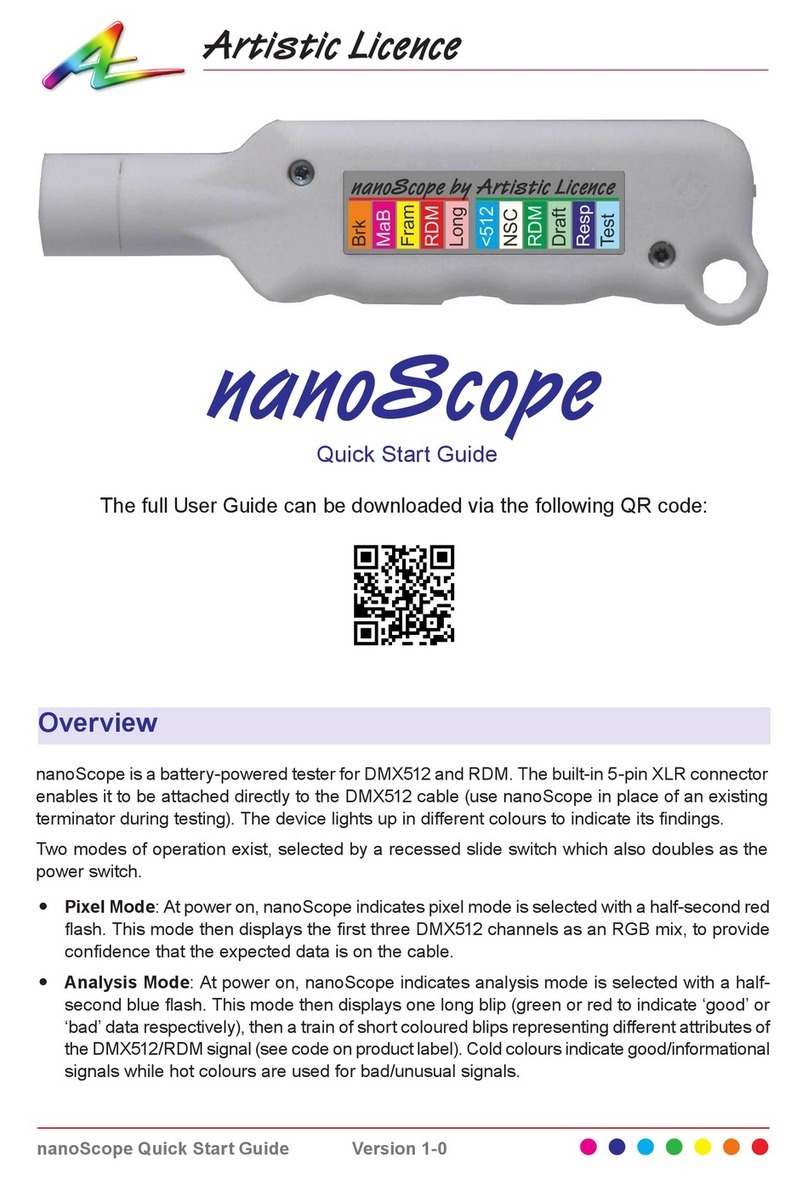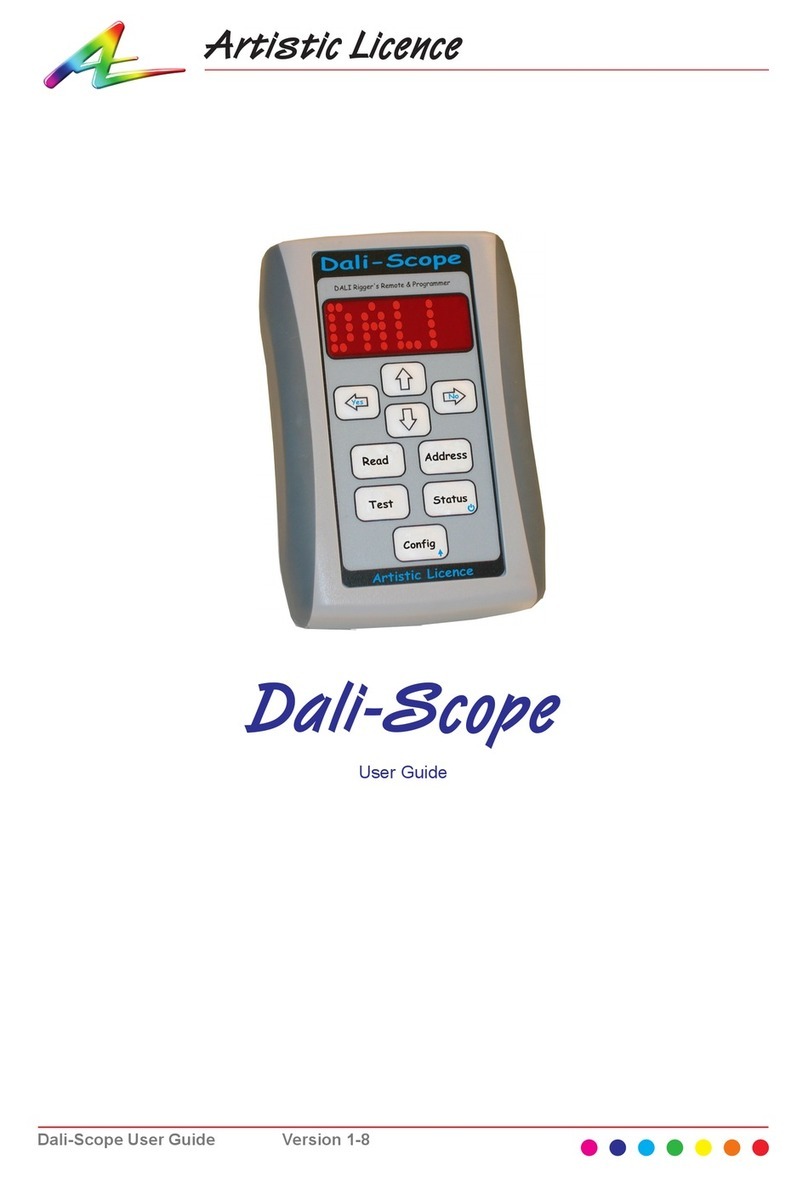DISPLAY RECEIVED TEXT .........................................................................................................27
TRANSMIT RIG CHECK............................................................................................................... 27
TRANSMIT ALL CHANNELS...................................................................................................... 28
TRANSMIT MEMORY ..................................................................................................................29
NUMERIC DISPLAY ................................................................................................................. 30
LAMP DISPLAY.......................................................................................................................... 30
TRANSMIT LAMP ..........................................................................................................................31
TRANSMIT DYNAMIC DMX512................................................................................................32
TRANSMIT TEXT.........................................................................................................................33
TRANSMIT SEQUENCE..............................................................................................................34
SNAPSHOT DMX TO MEMORY.................................................................................................35
FILL MEMORY WITH PATTERN ...............................................................................................35
TESTING CABLES ........................................................................................................................36
DOUBLE ENDED CABLE TEST ..............................................................................................36
SINGLE ENDED CABLE TEST ............................................................................................... 36
NETWORK TEST.......................................................................................................................37
AUTO BACKUP IF DMX FAILS ..................................................................................................38
LOOP THROUGH ...........................................................................................................................38
DISPLAYING RECEIVED MIDI .................................................................................................39
THE SETUP MENUS......................................................................40
SETUP MENU.................................................................................................................................40
ENABLE BACKLIGHT (S1) ............................................................................................................41
POWER SAVING (S2)....................................................................................................................41
MENU MODE (S3).........................................................................................................................42
DARK CHANNEL (S4)...................................................................................................................43
MEMORY DISPLAY MODE (S5) .................................................................................................43
TRANSMIT SIP (S6).................................................................................................................... 44
TALK TO MIC-EDIT (S7) ............................................................................................................45
FIRMWARE REVISIONS &ERRATA........................................................................................45
MIC-EDIT.................................................................................46
OVERVIEW.....................................................................................................................................46
INSTALL..................................................................................................................................... 46
HARDWARE................................................................................................................................46
COMMS........................................................................................................................................47
MAIN SCREEN............................................................................................................................... 48
SETTING THE PATCH .................................................................................................................49
PATCH COLUMNS.....................................................................................................................50
DELETING A LAMP ..................................................................................................................50
EDITING MEMORIES ..................................................................................................................51
EDITING MEMORIES BY SPREADSHEET..........................................................................51
MEMORY COLUMNS ....................................................................................................................................51
EDITING MEMORIES BY FADER......................................................................................... 52
FADER ROWS................................................................................................................................................ 52
SETTING LEVELS........................................................................................................................................ 53
EDITING LEVELS.....................................................................................................................53
USING PALETTES ........................................................................................................................55
EDITING MEMORY LEGENDS .............................................................................................. 56
EDITING FIXTURES ...................................................................................................................57





























